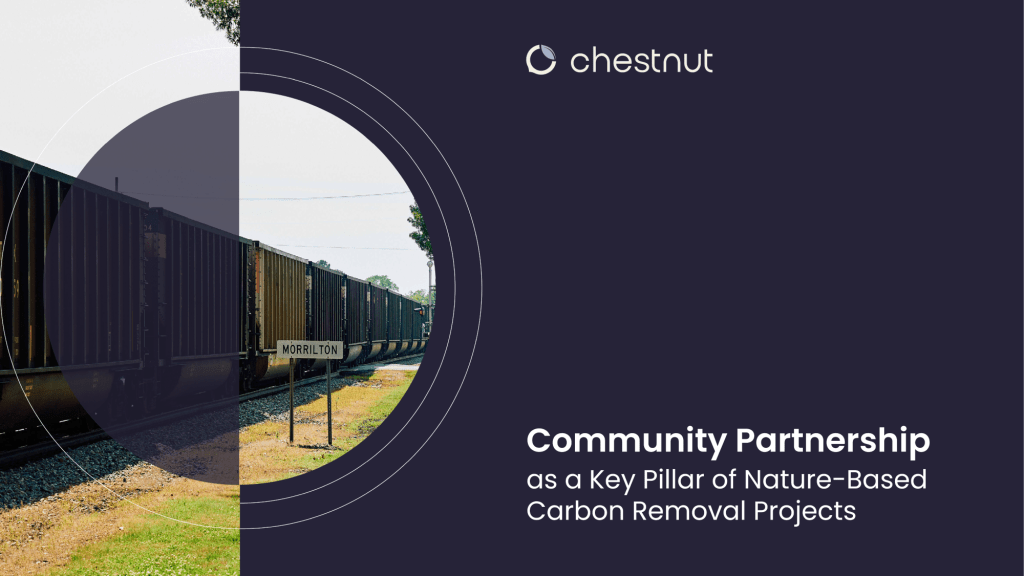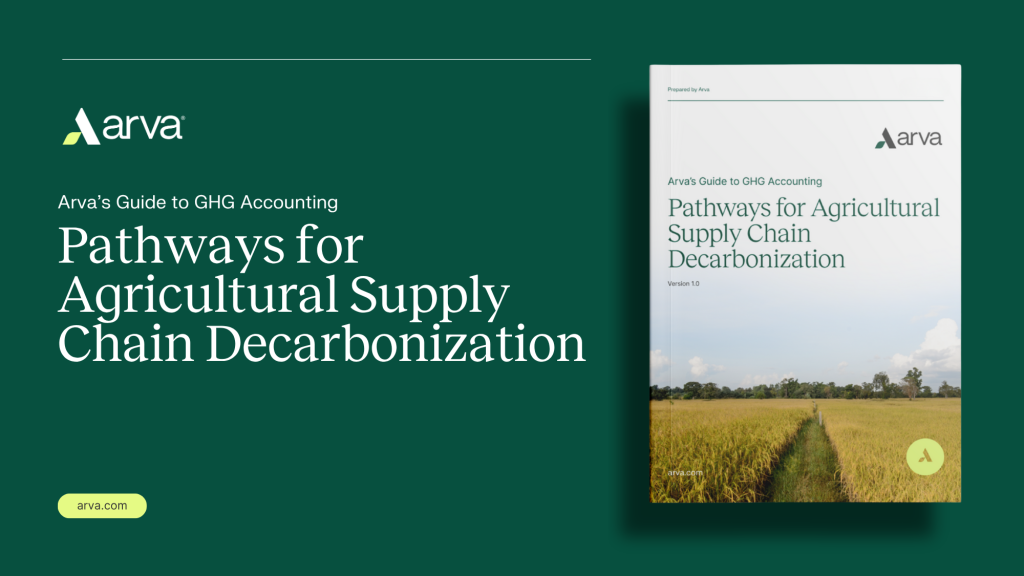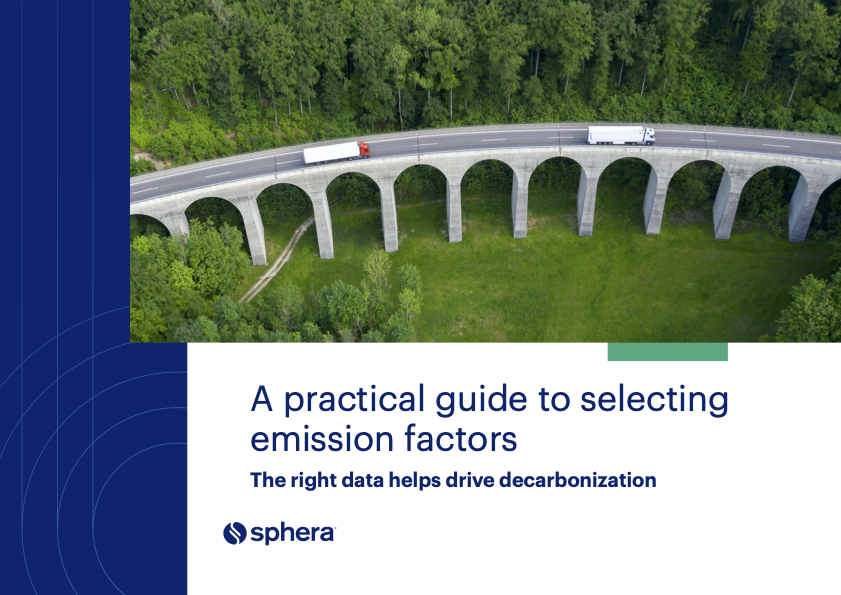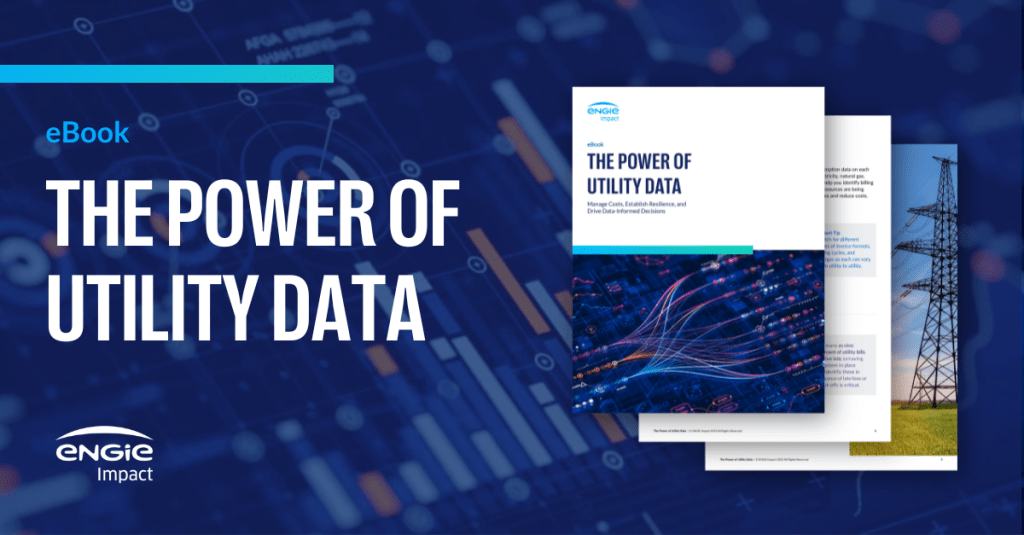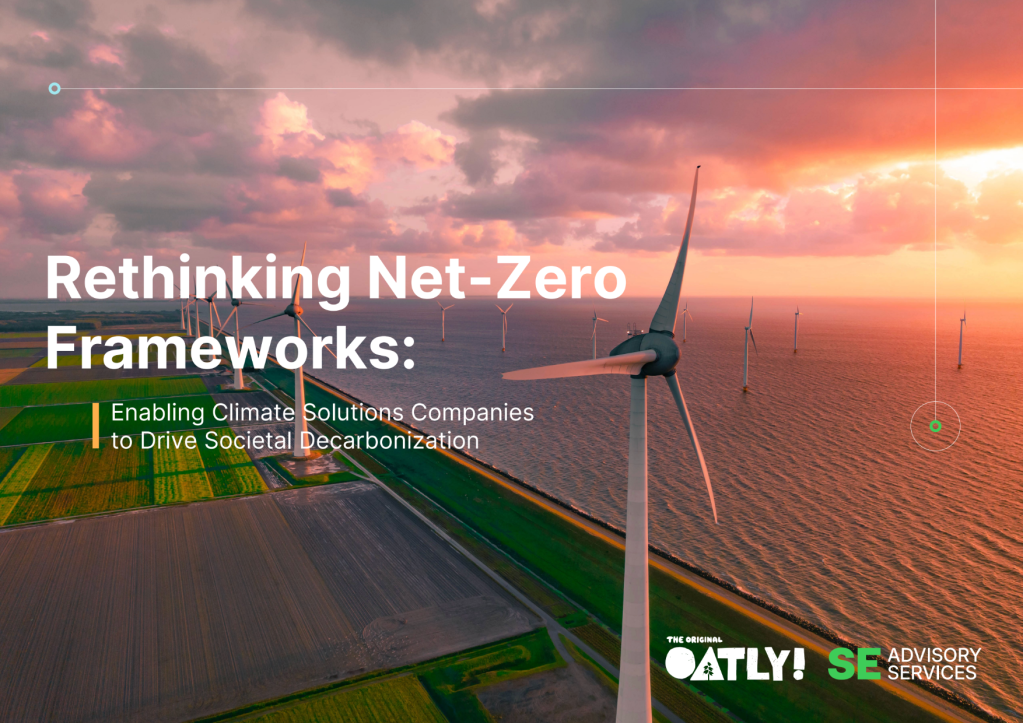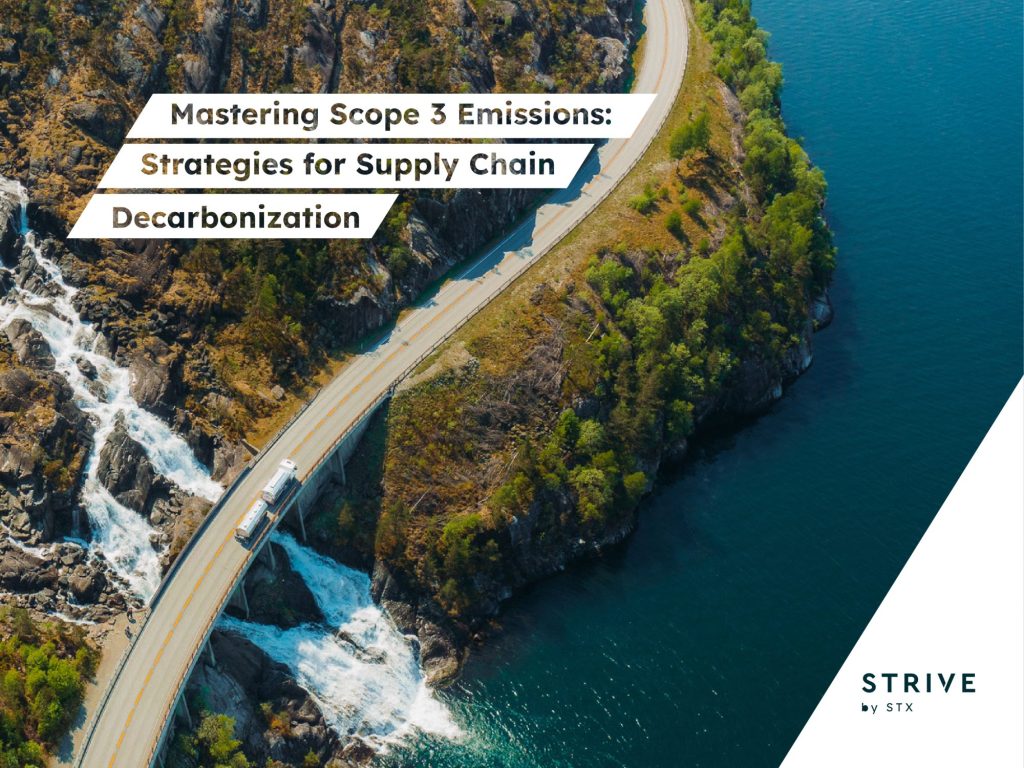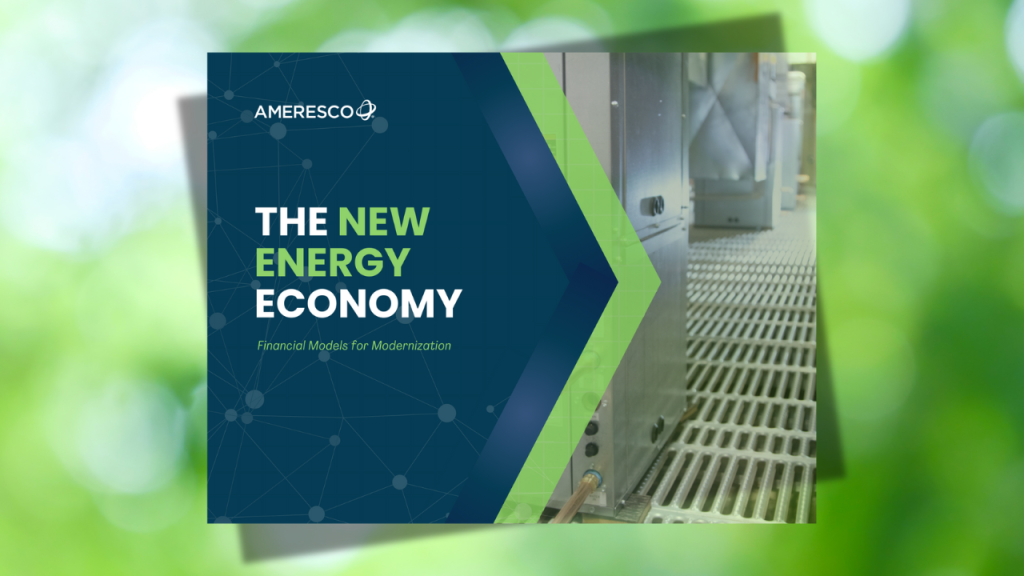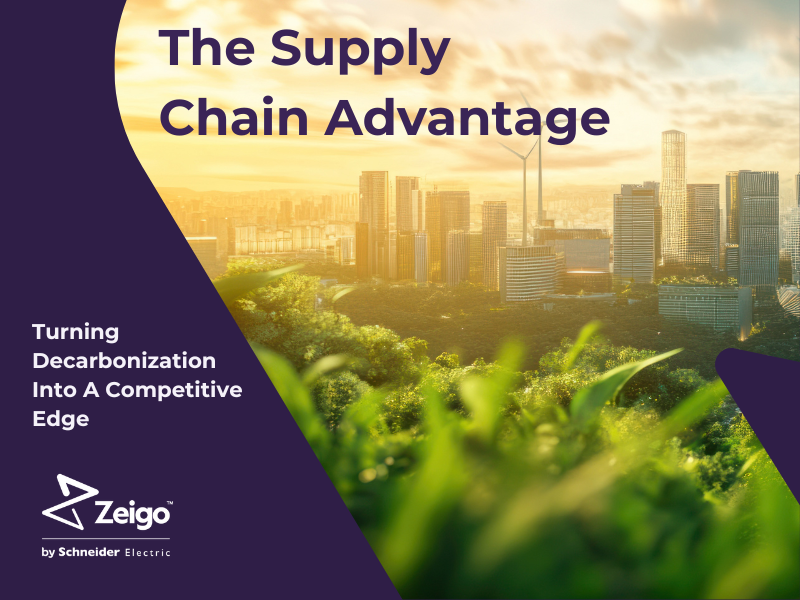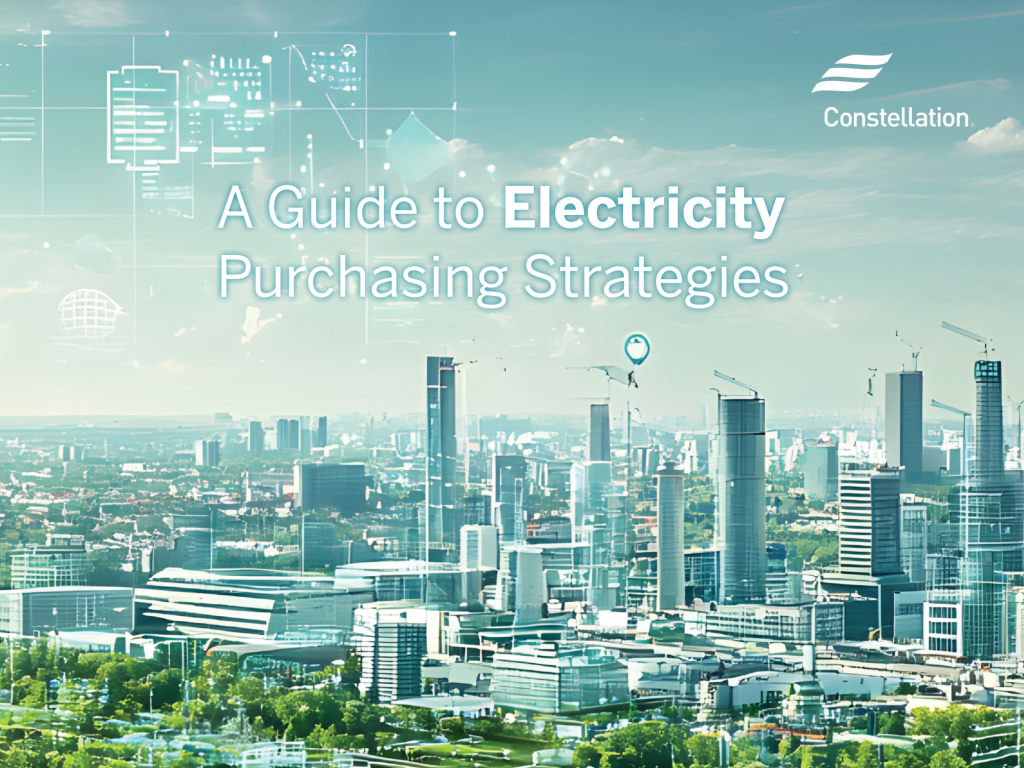What it will take to boost the market for sustainable aviation fuel
World Energy's vice president details the outlook for SAF production and adoption. Read More

Source: Shutterstock/Fahroni
Sustainable aviation fuel (SAF) is considered the leading solution to support decarbonizing the aviation industry. It’s a drop-in fuel, meaning it’s usable in aircrafts today, and it reduces emissions by upwards of 80 percent.
On the other hand, real limitations still exist. We only have limited quantities of it, and the industry needs to rapidly scale SAF manufacturing and supply to meet the growing demand of airlines. And when it comes to lifecycle emissions, not all SAF is created equal. Additionally, SAF accounts for only 0.1 percent of all aviation fuel consumed.
In a conversation with Adam Klauber, vice president of sustainability/digital supply chains at World Energy, a leading SAF producer, we explored the current SAF market, why U.S. airlines are behind European airlines in SAF adoption and the market conditions ahead through 2030. The interview has been edited for length and clarity.
Vartan Badalian: As a starting point, where is the SAF market right now in 2024 as it pertains to U.S. airlines versus European airlines?
Adam Klauber: I think there’s a greater willingness to pay in the European Union, and that has helped the EU airlines to get ahead and to have more confidence to secure supply and to pay the price premium. Also, more producers are making coprocessed volumes in the EU and trade so you can just use an existing refinery, drop in some biomass and assign the credits through mass balance. There isn’t policy support for that in the U.S. and also there’s been less demand from the airlines and willingness to pay, so I think that’s created a gap between EU carriers and U.S. airlines.
Badalian: If the general notion is that SAF is the solution for aviation decarbonization, but we don’t have enough of it, then why? What’s holding up the industry?
Klauber: Let’s say our [World Energy] market signal and contracts with Microsoft and DHL [in October] were revolutionary and convinced other producers [banks and oil majors] that now is the time to invest [in SAF]. If the day after those announcements, [those other producers] put money towards plants [for SAF], it would still take five years before they’re going to have supply. So there is a lasting effect of this chicken-and-egg dynamic, and it’s going to take a while to resolve. But the prior history of SAF has been delayed investments and a lack of conviction that there is really willingness to pay, and so players with capital and the oil majors have not invested full stop.
Badalian: Are U.S. airlines sending the right demand signals for SAF production and that they want “x” amount of SAF and will pay for it, if World Energy produces it?
Klauber: I think they’re [U.S. airlines] coming around to it. We are in advanced stages of discussions with some U.S. carriers. But the vast majority of press releases around new contracts and offtake [agreements] have really just been MOUs [instead of binding contracts or investing in steel and cement to build refineries]… So yeah, I would say the demand signal actually has been lacking. I think airlines have not been sending that demand signal; they’re starting to come around to it. And in part, that’s because their customers are now showing an increased willingness to pay.
Badalian: Aviation and specifically airlines are one of few areas that I’m seeing where the biggest players acknowledge that there’s a problem with decarbonization. Then they turn to others, whether it be major corporates or others, to help fund their industry’s solution instead of pulling up their sleeves and solving it head-on with major skin in the game.
Klauber: Yes, so it’s a tightrope because they [airlines] can’t just say solve our problem for us, they have to put some skin in the game. … But there’s a question about [whether] airlines are just along for the ride so to speak, or what can they do to put skin in the game? And that question is still outstanding. We don’t know yet what the airlines will do beyond making the credits available to their customers and having them [major corporates] pay. We know that they don’t have great ability to pay, because they’re a low-margin business, but what could they do? And that could also help to convince their customers that they do have skin in the game. So yes, that is a great question, and there’s still room for improvement.
Badalian: There are people who are skeptical that SAF is a solution for aviation. Obviously, World Energy is a SAF producer, so your opinion will be opposite here, but what is your answer to those who are skeptical that SAF is the solution to decarbonize aviation?
Klauber: Find an electric aircraft, book it and fly where you need to go. I think the reality for people who know [the aviation industry] is we need a sustainable liquid energy source. There’s no alternative in aviation. That’s what we need for the next 30 years. This is the period that matters to the climate. Therefore, let’s get focused, roll up our sleeves and make this possible. (Note: Klauber also noted in the interview that he supports electric and hydrogen aviation, as they will have a role to play in the future.)
Badalian: What do you think aviation and the SAF market is going to look like in 2030? Because it’s not that far off.
Klauber: So I think there’ll be more SAF supply. What I would hope is that there’s actually 10 times the amount of projects that are moving towards construction, and part of the challenge there is also, can there be expedited permitting? Can local governments get past some of the NIMBY-ism that’s been a challenge in the U.S., in the EU, for other regions? And so I think we would ideally have a permitting solution in place, we would have a well-established credit system in place similar to the existing market for Renewable Energy Certificates and International Renewable Energy Certificates, and guarantees of origin, that there’d be trust and mass adoption of the credits. And there would be a massive influx of capital in building new plants. In terms of the total volume of SAF, it’d be fantastic if we can make the targets for this SAF Grand Challenge and for the EU mandate, I would say I’m pretty optimistic, but I think we have a 50/50 chance of getting there, and a lot of it has to do with what can we do in the next few years to unlock capital, convince investors to build and convince the greater public that SAF is the solution. Let’s all work on this together to get the investments we need.

Subscribe to Trellis Briefing
Featured Reports

The Premier Event for Sustainable Business Leaders

